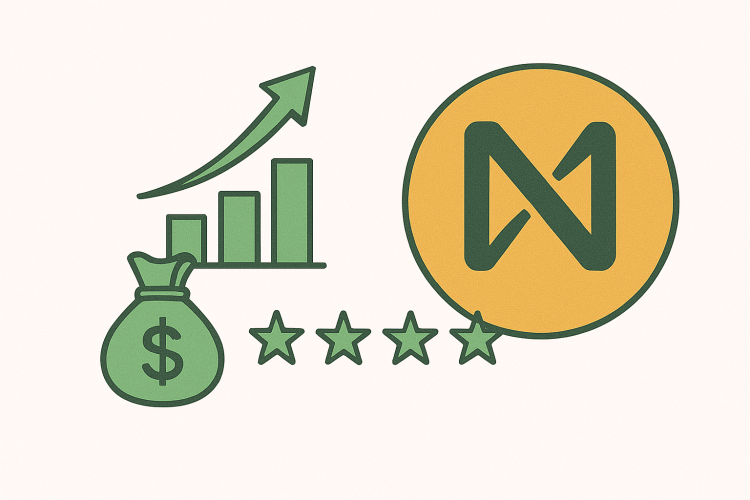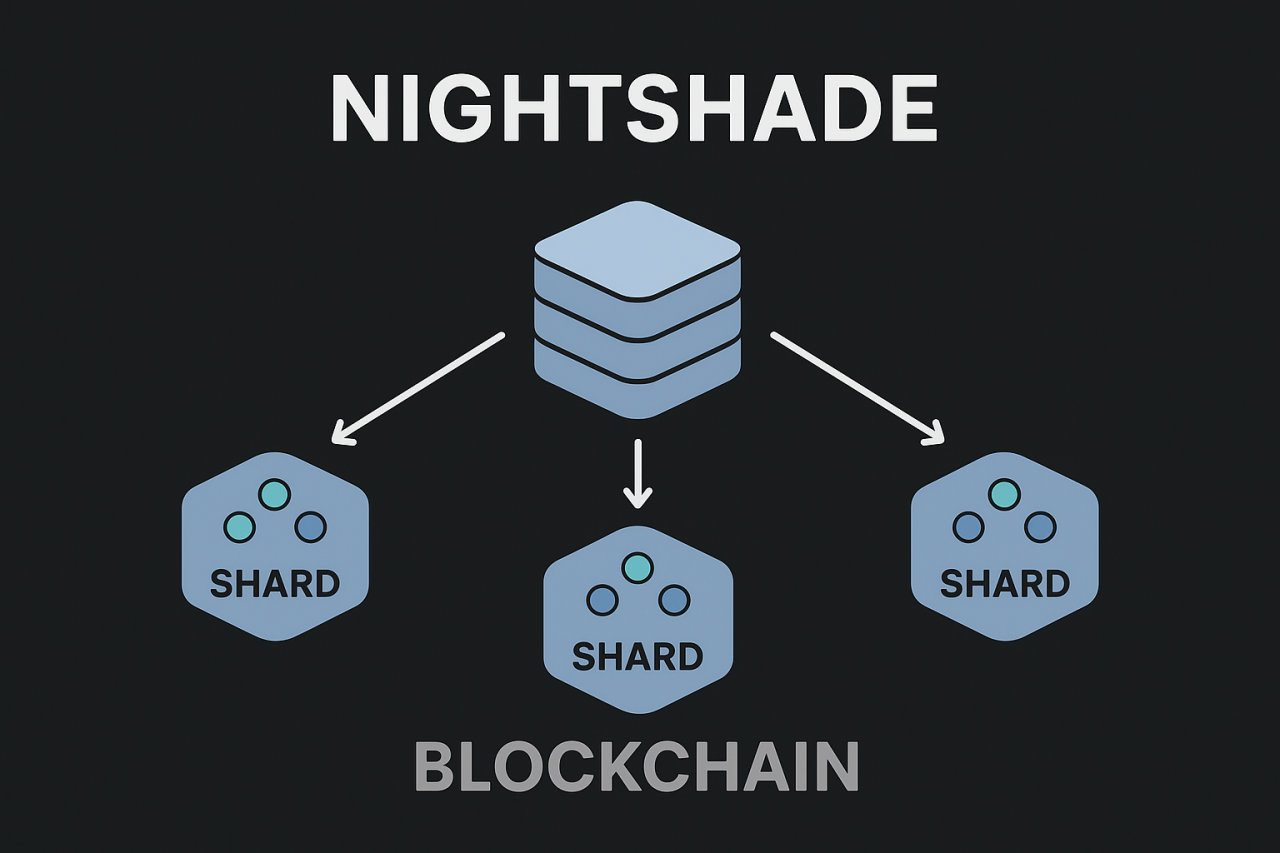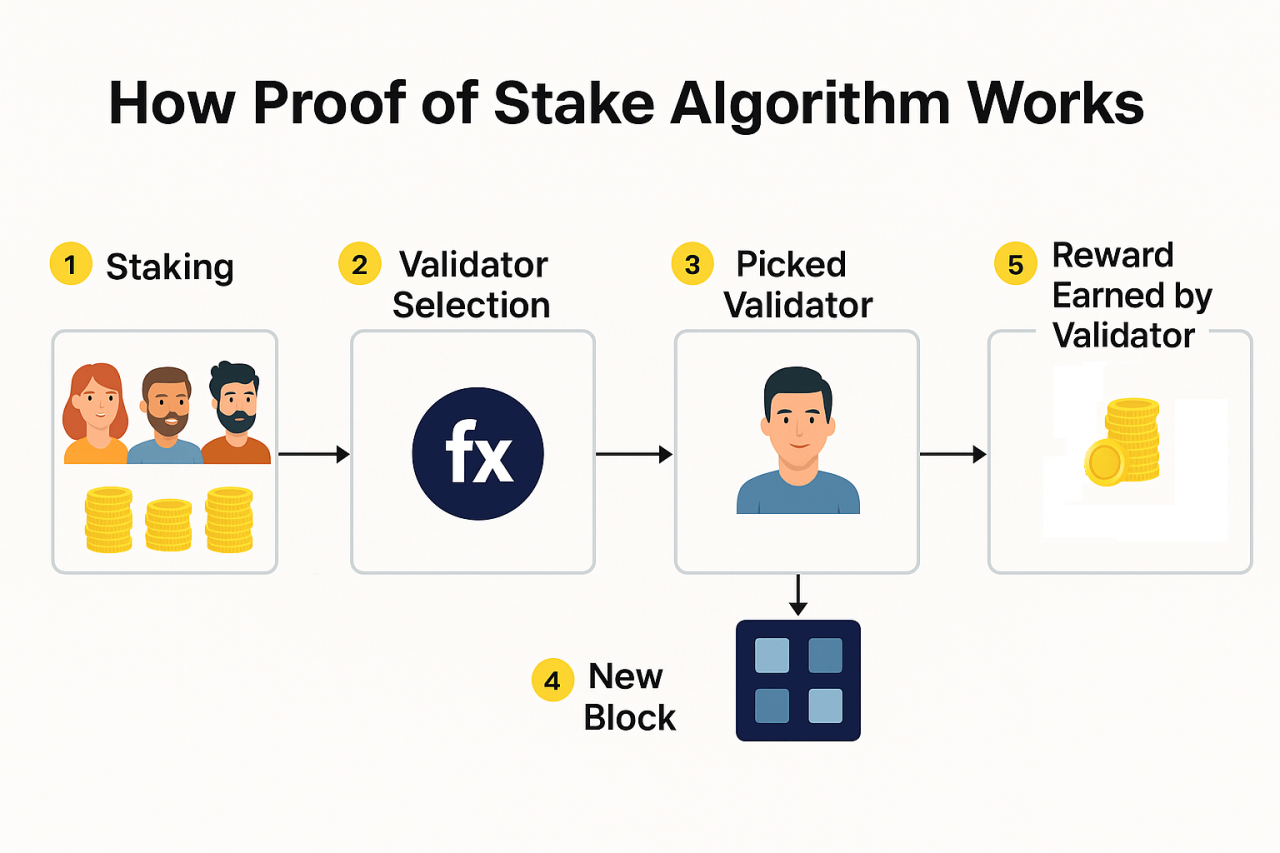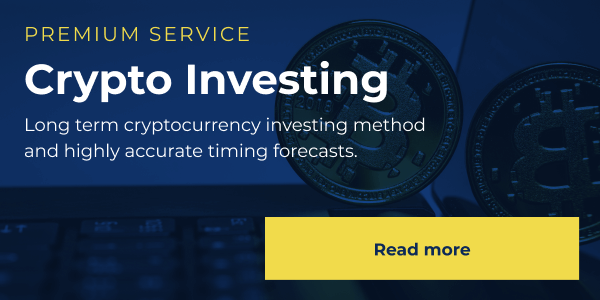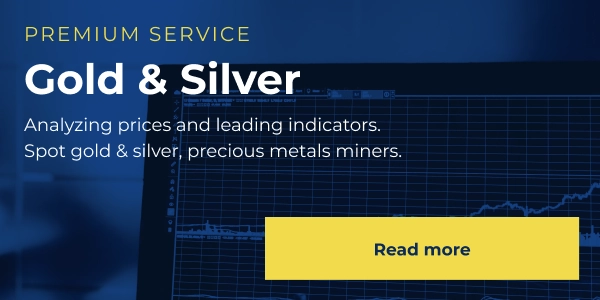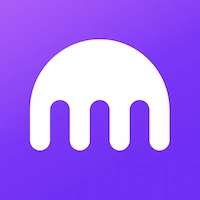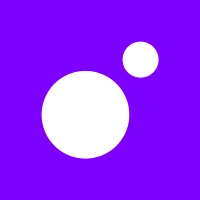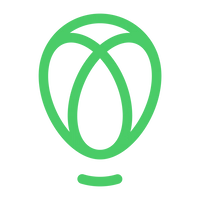NEAR offers a fast, low-cost blockchain built for real-world apps. Its scalable design, developer tools, and staking model make it one of the most practical networks for long-term use.
Blockchains often promise speed, low fees, and easy development, but few maintain all three as they grow.
NEAR Protocol was created to solve that problem with a system that stays efficient even as usage expands. It combines advanced scaling, flexible programming options, Ethereum compatibility, a user-friendly account system, and a sustainable Proof-of-Stake model.
This article looks at five reasons to buy NEAR and why it remains an appealing choice for users, builders, and long-term investors.
1. Nightshade Sharding Keeps the Network Scalable
NEAR uses a unique sharding system called Nightshade that allows it to handle more transactions as demand increases. Instead of every node processing the entire network, each validator manages only a portion of data, known as a shard.
This division helps NEAR scale horizontally, meaning it can increase capacity by adding more shards and validators rather than overloading existing ones.
As a result, NEAR maintains high throughput and stability even during heavy activity. Developers can build apps without worrying about congestion or rising gas costs. This design makes NEAR well-positioned for long-term growth as more users and projects join the network.
ALSO READ: 15 Cryptocurrency Forecasts For 2025
2. WebAssembly (WASM) Opens Doors for More Developers
Most blockchains restrict developers to one language, but NEAR supports WebAssembly (WASM), which lets teams write smart contracts in popular languages like Rust or AssemblyScript.
This flexibility lowers entry barriers for new developers and allows more experienced teams to use familiar tools.
WASM also offers better performance and stronger security than older systems, since it compiles code closer to how computers natively execute instructions. This means faster, safer apps that use less network power.
By supporting a wide range of languages and developer tools, NEAR makes it easier to build and maintain apps over time.
3. Aurora Brings Ethereum Compatibility
Through Aurora, NEAR provides full compatibility with the Ethereum Virtual Machine (EVM). Developers can move existing Ethereum apps to NEAR without rewriting their code. They can also use familiar wallets, smart contracts, and developer tools like MetaMask or Remix.
This bridge gives projects access to Ethereum’s large ecosystem and liquidity while still benefiting from NEAR’s faster speeds and lower fees.
Aurora makes NEAR a flexible choice for builders who want both performance and compatibility, ensuring the network stays relevant as the Ethereum ecosystem continues to evolve.
4. Low Fees, Fast Finality, and Human-Readable Accounts
NEAR was designed to make blockchain use simple and affordable. Transactions typically confirm in about two seconds, and fees remain a fraction of a cent even during busy periods.
This makes the network suitable for small payments, gaming, and other use cases that require fast and frequent transactions.
Another standout feature is NEAR’s human-readable account system. Instead of long, random wallet addresses, users have names like “alice.near.”
This simple change makes crypto easier for everyday users and businesses. Developers can also use access keys that allow limited permissions, improving app safety and user control.
Together, these features help NEAR deliver one of the smoothest user experiences in the blockchain space—fast, affordable, and intuitive.
5. Proof-of-Stake and Sustainable Token Economics
NEAR runs on a Proof-of-Stake (PoS) consensus system, which keeps the network secure without wasting energy. Validators lock up NEAR tokens to participate in block production and earn rewards for honest behavior.
Token holders who don’t run validators can delegate their tokens to others and still earn rewards.
The network’s inflation rate is around 5%, with most of it distributed to stakers. Unstaking usually takes about two days, giving participants good flexibility compared to other chains. This model encourages decentralization, efficiency, and a healthy incentive balance between validators and holders, making it easy to invest in NEAR.
Conclusion
NEAR’s scalable sharding system, broad developer support, Ethereum compatibility, easy-to-use account model, and sustainable PoS economy create a strong foundation for current and future growth, making it one of the best crypto to buy.
For users, NEAR provides low-cost, fast transactions. For developers, it offers flexible tools and scaling potential. And for stakers, it ensures transparent, fair rewards. Together, these features make NEAR one of the most balanced and forward-looking blockchain platforms today.
The easiest way to buy Cryptocurrencies is through a trusted crypto exchange like Moonpay, Coinbase, or Uphold. These platforms allow users to purchase and trade crypto instantly from any device, including smartphones, tablets, and computers.
Buy Crypto NowCrypto investments are risky and may not suit retail investors; you could lose your entire investment. Understand the risks here.
Wondering which crypto to focus on right now?
Our premium members already know.
Since 2017, InvestingHaven’s blockchain research service has been guiding investors through both bull runs and crypto winters.
What makes it different?
Proprietary 15-indicator methodology developed over 15+ years of market research.
Proven track record of spotting major turning points before markets move.
Focused alerts on only the key crypto assets that matter — no noise, no distractions.
Thousands of readers rely on InvestingHaven to stay ahead of the crowd. Now it’s your turn.
👉 Act today and join the original crypto research service — still live and stronger than ever since 2017.
This is how we are guiding our premium members (log in required):
- ATH in BTC = Alt Season 2025 Catalyst? (Oct 5th)
- Crypto Consolidation: When Will Bullish Momentum Return? (Sept 28)
- Is Meme Season Underway? (Sept 19th)
- Alt Season Is Brewing, In Silence. These 3 Charts Tell The Crypto 2025 Story. (Sept 10th)
- Is A Trendless Crypto Market Good or Bad? The Current and Emerging Winners Look Awesome. (Sept 7th)
- BTC Testing Long Term Trendline. Here Is Short and Long Term Guidance. (Aug 26th)
- Crypto – To Break Out Or Not To Break Out? (Aug 23rd)

